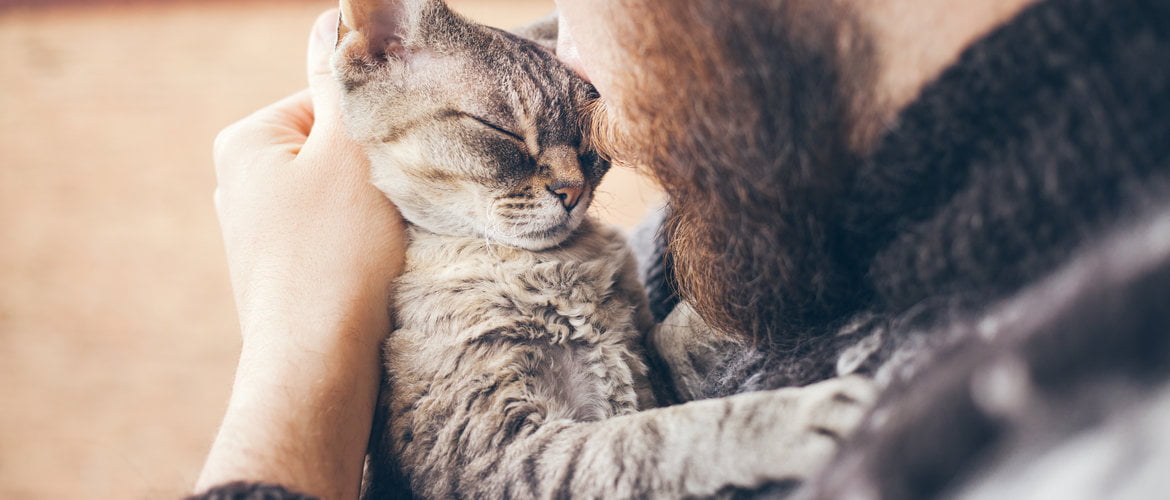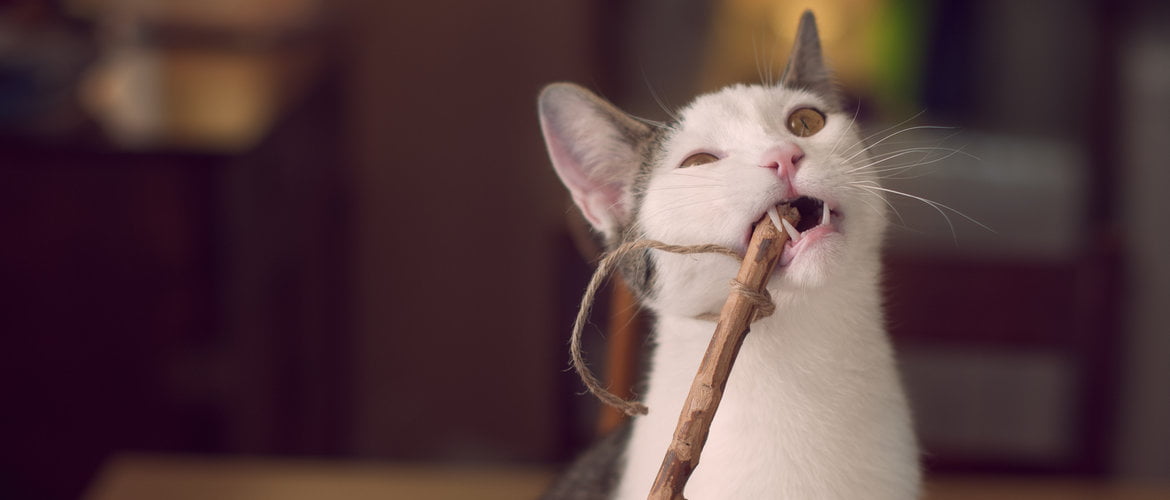Apr 4, 2020, 4:52 PM
It’s a common myth that the age of a cat and dog can be contrasted with a rate of 7:1 in humans. That formula doesn't reflect the relationship accurately. In reality, maturity levels do not correlate at all. Although there is no proven empirical method to measure an exact comparison of years between humans and cat years, we reckon the age of a cat in "human years" with our basic knowledge of how cats mature.
During the first years of life, the most noticeable distinction between felines and humans is their age. While human babies mature gradually, it is necessary for cats to self-support during their early stage, for survival. Kittens tend to mature fully within two years, developing their mental and physical state, in order to equate themselves to mid-twenties humans, independent from their parents, and able to support themselves.
Cat ageing tends to slow down after those significant early years. Cats mature around 4 to 5 years annually, depending on the individuals and some race influences. So, if your cat is 5 in "human years," he or she is 37 to 45 in "cat years;" and at 10, in cat years, he or she is about 55 to 65. By 15, the cat will be around 75 to 90 years in cat age. Nonetheless, such ‘cat year’ figures should be considered projection, as there are several variables that can influence the expected life span of an animal, including diet, exercise, disease exposure, weather, and veterinary care.
While we all know that cats age at a much faster rate than humans, through this blog you will learn how to convert your feline’s years to human age.

Eyes
When it comes to their eyes, cats have excellent eyesight, with the ability to see in the dark, further allowing them to hunt better. Check for the level of brightness and transparency of their eyes when examining your cat's eyes. Young cats should have their eyes bright and clear, with no eye discharge. Older cats, on the other hand, will tend to have faint blurry eyes.
Fur
Much like humans, a healthy cat is marked by shiny and fluffy hair. However, when your cat gets older, their hair condition starts deteriorating. Younger cats have sleek, silky coats while the fur is thicker and rougher in older cats.
Teeth
Cat’s teeth are one way to predict their age. Newborns grow a set of teeth when they are about four months in age. Being a carnivorous specie, their teeth tend to be sharp in order for them to grind their food easily. To identify his/her age, you can check if they have a set of permanent teeth. If so, then one can assume them to be a year old. Whereas, if you spot yellow stains or a build-up of tartar, that indicates your cat of being aged between three to five years. Lastly, if you notice your feline having a missing tooth, then understand that you are dealing with a senior fur baby.

Muscle
While this depends on the breed of your cat, most young ones will have well-defined muscles as their activity levels are much higher as opposed to aged cats. However, theirs too will get thinner and start sagging with age.
In Conclusion
That being said, cat and dog food quality is one of the most essential factors when maintaining a healthy lifestyle for your pet, at all ages. One of the most important concerns as a pet owner is finding the right pet food. One which contains all the essentials and nutrition pets require, especially during their growing stages. High-quality cat food that is often designed to achieve the best nutritional balance and that includes nutraceutical components to help preserve your pet's health and wellbeing. Calibra Super Premium brings to you a range of products that contain high energy as well as higher digestibility rate than that of standard pet food. There are various factors that might be of use when distinguishing between food of low quality, Standard, Premium and Super Premium pet food; they include:
- Ability to meet the nutritional requirements of a pet.
- Quality and consistency of the ingredients.
- The nutritional balance.
- Manufacturing technique.
- Palatability.
- Clarity and accuracy of information on the label.
